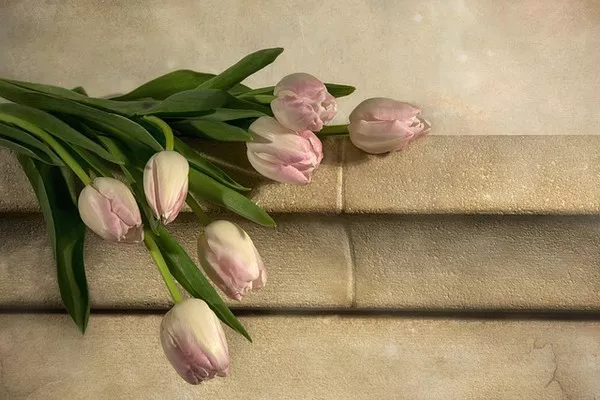Flowers, with their captivating beauty, have been an enduring source of inspiration for poets, artists, and nature enthusiasts throughout the ages. The intricate details, vibrant colors, and delicate structures make flowers a subject of fascination and admiration. In this article, we will embark on a journey to explore the nuanced aesthetics of flowers, delving into their visual characteristics, symbolism, and the science behind their captivating allure.
Visual Characteristics of Flowers
At first glance, a flower appears as a harmonious composition of colors, shapes, and textures. The most striking feature is undoubtedly the petals, which can vary widely in size, shape, and arrangement. Petals can be smooth or ruffled, rounded or elongated, creating an array of possibilities for visual expression.
The color palette of flowers is another captivating aspect. From the bold and vibrant hues of roses to the subtle pastels of lilies, the diversity of colors contributes to the visual appeal of each bloom. The interplay of light and shadow on the petals enhances the three-dimensional quality of the flower, creating a visual depth that adds to its allure.
Beyond petals, the center of a flower, known as the reproductive structure, holds its own aesthetic charm. Stamen, pistils, and other components may be intricately arranged, adding a level of complexity to the overall composition. The unique architecture of each flower’s reproductive organs contributes to its visual identity.
Symbolism in Floral Aesthetics
Flowers have been imbued with symbolic meanings and cultural significance throughout history. Understanding the symbolism adds layers of depth to their aesthetics, making them not just visually appealing but also rich in meaning.
The rose, for example, is often associated with love and passion, while the lily is a symbol of purity and renewal. Cultural and historical contexts further shape the symbolism of flowers, as seen in the cherry blossoms of Japan representing transience and the lotus flower in various Eastern cultures symbolizing enlightenment.
The choice of flowers in art and literature often reflects the desire to convey specific emotions or messages. Examining the symbolic language of flowers provides a profound understanding of their aesthetics beyond mere visual appreciation.
Scientific Intricacies of Floral Beauty
The captivating beauty of flowers is not just a product of artistic interpretation; it is deeply rooted in scientific intricacies. The process of pollination, for instance, plays a crucial role in the evolution of flowers and their visual characteristics.
The adaptation of flowers to attract pollinators, such as bees, butterflies, and birds, has led to the development of various shapes, colors, and fragrances. The intricate dance between flowers and pollinators is a testament to the evolutionary brilliance that underlies their aesthetics.
Furthermore, the cellular and molecular processes within a flower contribute to its visual allure. Pigments, such as anthocyanins and carotenoids, determine the coloration of petals, while the arrangement of cells creates the unique patterns and textures observed in different species.
The Intersection of Art and Nature
The aesthetics of flowers have long been a muse for artists across various disciplines. From classical paintings to contemporary photography, flowers have been a recurring motif, serving as a source of inspiration for creative expression.
Artists often explore the delicate balance between realism and abstraction when capturing the essence of flowers. The play of light, the intricacy of details, and the overall composition become key elements in translating the ephemeral beauty of flowers onto canvas or through the lens of a camera.
In botanical art, the focus shifts to a more scientific representation, aiming to capture the accurate anatomical details of flowers. This intersection of art and science provides a comprehensive view of the aesthetics of flowers, bridging the gap between creative interpretation and botanical accuracy.
Conclusion
In conclusion, the aesthetics of flowers are a multi-faceted marvel, encompassing visual allure, symbolic depth, and scientific intricacies. The exploration of their beauty reveals a captivating world that transcends mere observation, inviting us to appreciate the delicate nuances that make each bloom a unique masterpiece.
As we delve into the visual characteristics, symbolism, and scientific intricacies of flowers, we gain a holistic understanding of their aesthetics. Flowers, with their ephemeral beauty, continue to captivate our senses and inspire a profound connection with the natural world. The next time you encounter a flower, take a moment to appreciate not just its outward appearance but the rich tapestry of meanings and scientific wonders that make it a true work of art in nature.


